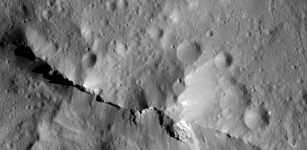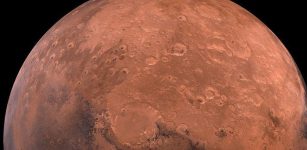NASA’s Dawn Ends Its Mission Soon But Spacecraft Will Continue To Explore And Collect New Data
MessageToEagle.com – Within a few months, NASA’s Dawn spacecraft is expected to run out of a key fuel, hydrazine, but in the meantime it continues its work of exploration and gathers images and collects gamma ray and neutron spectra, infrared and visible spectra, and gravity data.
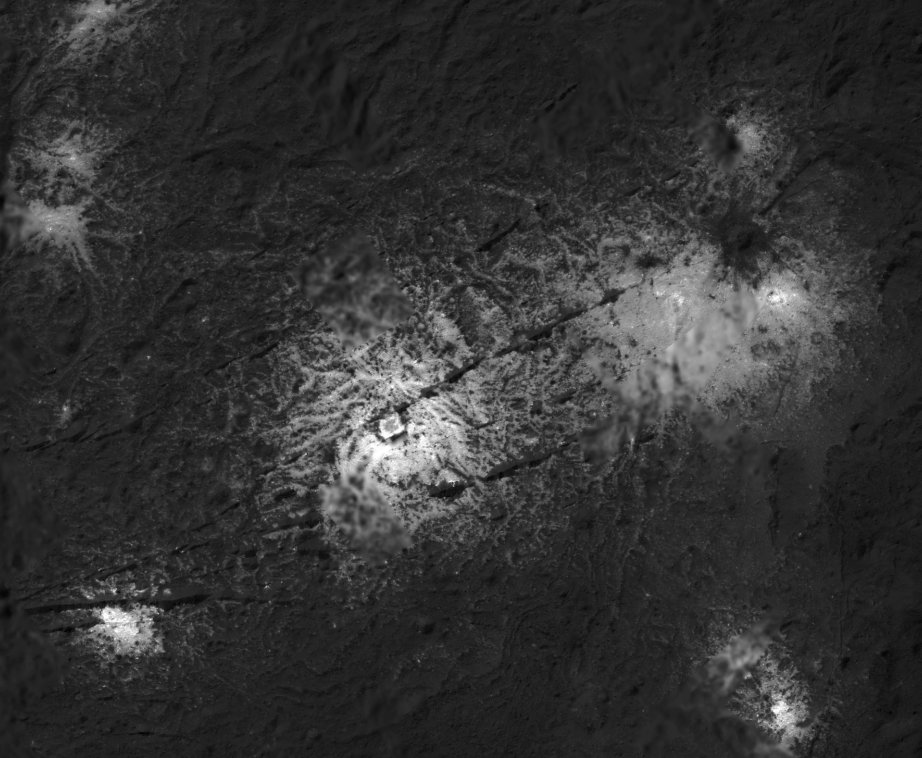
For now Dawn communicates with Earth and thrusters control the spacecraft’s orientation. Sometime between August and October, the spacecraft will stop operating, but it will remain in orbit around dwarf planet Ceres.
Dawn is the ONLY spacecraft to orbit two deep-space destinations. It has given us new, up-close views of Ceres and Vesta, the largest bodies between Mars and Jupiter.
During 14 months in orbit from 2011 to 2012, Dawn studied Vesta from its surface to its core. It then pulled off an unprecedented maneuver by leaving orbit and traveling through the main asteroid belt for more than two years to reach and orbit Ceres, which it has been investigating since 2015.
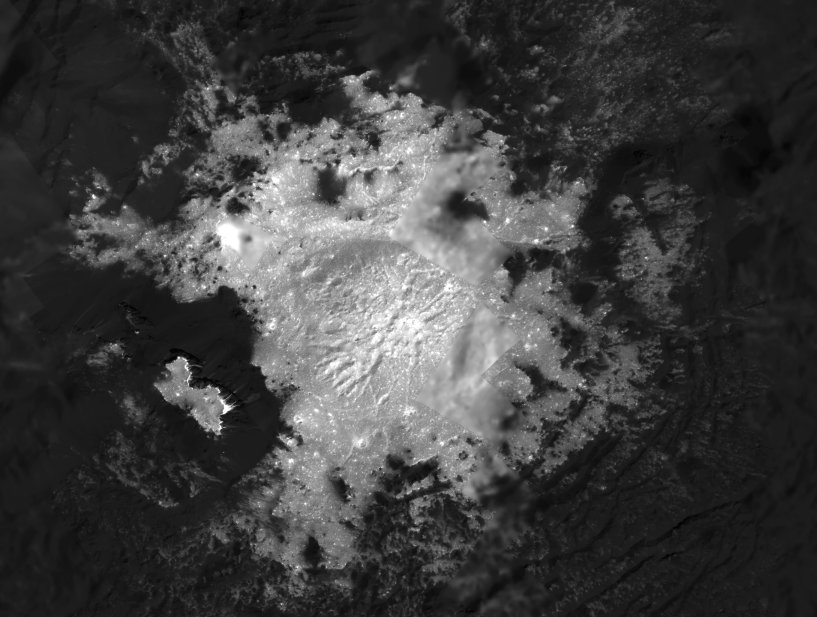
At Ceres, the spacecraft discovered brilliant, salty deposits decorating the dwarf planet like a smattering of diamonds.
See also:
Ceres And Occator Crater Reveal Some Of Their Best-Kept Secrets
Dawn’s Latest Orbit Reveals Dramatic New Views Of Occator Crater
Ernutet Crater And Intriguing Organics On Dwarf Planet Ceres
The observations focus on the area around Occator and Urvara craters, with the main goal of understanding the evolution of Ceres, and testing for possible ongoing geology.
“The new images of Occator Crater and the surrounding areas have exceeded expectations, revealing beautiful, alien landscapes,” said Carol Raymond of JPL, principal investigator of the Dawn mission.
“Ceres’ unique surface appears to be shaped by impacts into its volatile-rich crust, resulting in intriguing, complex geology, as we can see in the new high-resolution mosaics of Cerealia Facula and Vinalia Faculae.”
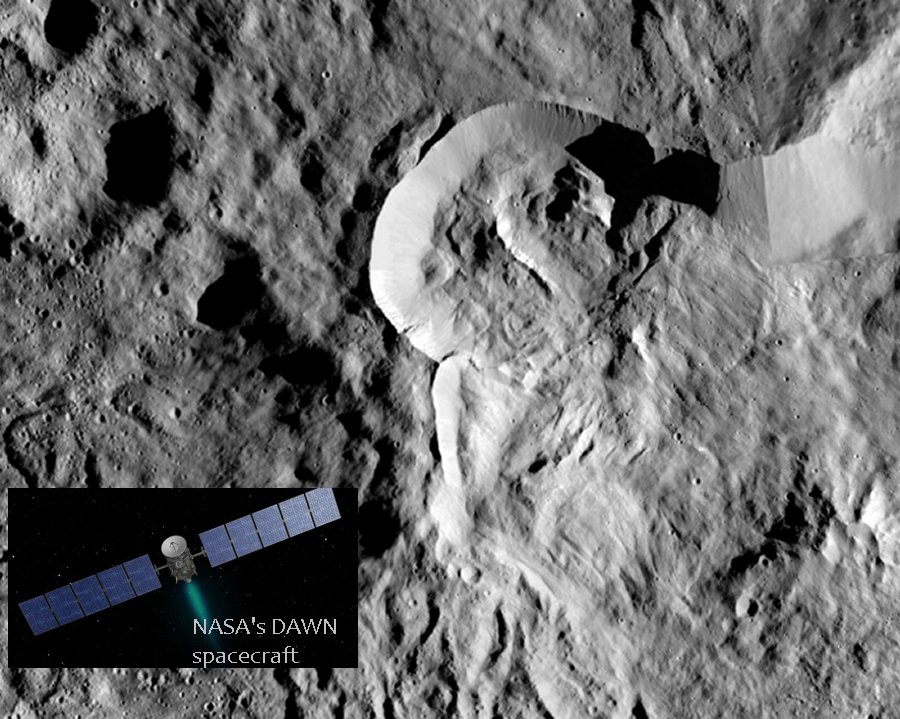
These days, near the end of Dawn’s second extended mission at Ceres, the spacecraft continues to wow us week after week, with very close photos shot from only 22 miles (35 kilometers) above the dwarf planet — about three times the altitude of a passenger jet.
Dawn scientists are using new high-resolution data from Dawn to test and refine hypotheses about Occator crater’s formation and evolution.
“Dawn’s unique mission to orbit and explore two strange new worlds would have been impossible without ion propulsion,” said Marc Rayman of NASA’s Jet Propulsion Laboratory, Pasadena, California, who has served as Dawn’s mission director, chief engineer and project manager.
“Dawn is truly an interplanetary spaceship, and it has been outstandingly productive as it introduced these fascinating and mysterious worlds to Earth.”
MessageToEagle.com



